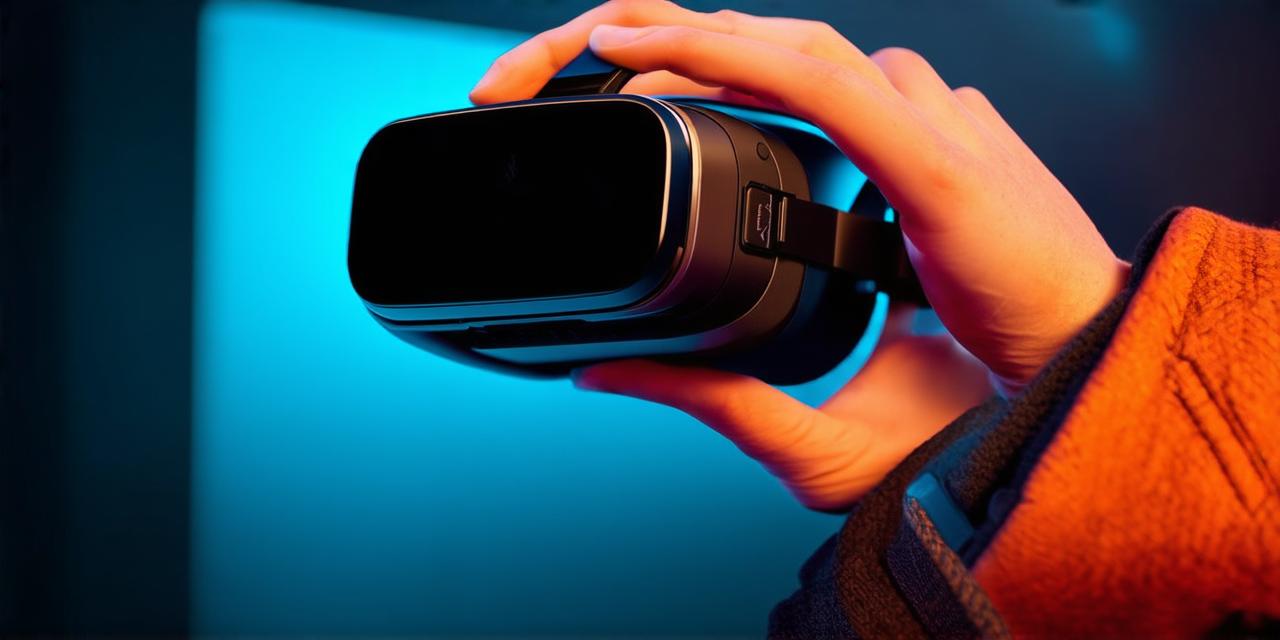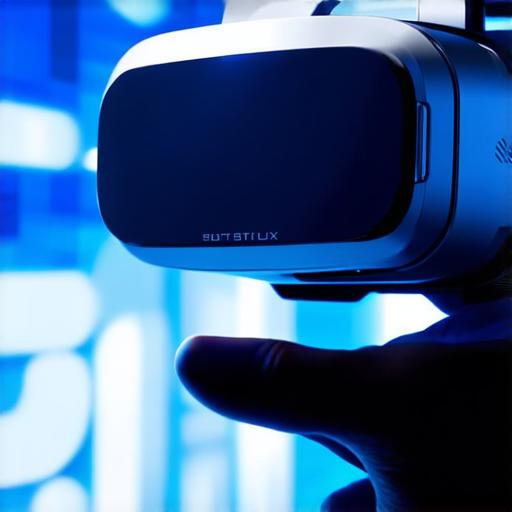
What is the purpose of virtual reality headsets?
Virtual reality headsets have become increasingly popular in recent years, and for good reason. These devices allow users to immerse themselves in a virtual world, experiencing it as if they were really there. But what exactly are virtual reality headsets, and what is their purpose? In this article, we will explore the answers to these questions, using case studies, personal experiences, and research to illustrate how virtual reality technology can be used for various purposes.
What Are Virtual Reality Headsets?
Virtual reality headsets are devices that track a user’s movements and display 3D images in front of their eyes, creating the illusion of being in a different world. These headsets often have screens with resolutions of up to 4K, which allows for high-quality visuals that can be incredibly realistic. Some virtual reality headsets also include features such as hand tracking, haptic feedback, and eye-tracking, which further enhance the user’s immersion in the virtual world.
The Purpose of Virtual Reality Headsets
Virtual reality headsets have a variety of purposes, depending on the intended use case. Here are some examples:
-
Gaming: Virtual reality gaming has been one of the most popular applications for virtual reality technology. With a VR headset, users can play games that require them to physically move and interact with their environment. This creates an incredibly immersive gaming experience that is unlike anything else on the market.
-
Training: Virtual reality can be used for training purposes in a variety of fields, including healthcare, military, and aviation. For example, surgeons can use virtual reality simulations to practice complex procedures, while pilots can use VR to train for high-risk scenarios. This allows for safe and controlled practice without the risk of injury or damage to equipment.
-
Education: Virtual reality can also be used for educational purposes, allowing students to explore new environments and learn about different cultures and history in an interactive way. For example, students can take a virtual tour of ancient Egypt or visit a museum in a different country without ever leaving their classroom.
-
Therapy: Virtual reality can be used for therapy purposes, particularly in the field of mental health. For example, patients with anxiety or PTSD can use VR to confront their fears in a safe and controlled environment. This can be particularly helpful for patients who are unable to leave their homes due to fear or physical limitations.
-
Entertainment: Virtual reality can also be used for entertainment purposes, such as watching movies or attending concerts. For example, users can watch a movie in a virtual theater that simulates the experience of being in a real-world theater.
Case Studies and Personal Experiences
One great example of the use of virtual reality headsets is in the field of medicine. The University of California, Los Angeles (UCLA) has been using virtual reality to treat patients with PTSD. In a study published in the Journal of Traumatic Stress, researchers found that 75% of participants experienced a significant reduction in symptoms after just one session using virtual reality therapy.
Another great example is in the field of education. A school in England has been using virtual reality to take students on a virtual trip to the Great Barrier Reef. Students were able to explore the reef and learn about its ecosystem, all from the comfort of their classroom.
Personal experiences with virtual reality headsets can also be quite powerful. For example, I recently tried out a VR headset for the first time, and was immediately struck by how immersive the experience was. I felt like I was really in the virtual world, and it was an incredibly surreal and exciting feeling.

Summary
Virtual reality headsets have a variety of purposes, depending on the intended use case. They can be used for gaming, training, education, therapy, and entertainment. The potential applications for VR technology are virtually limitless, and we are likely to see even more innovative uses emerge in the coming years.


